
HOW HUALAPAI INDIGENOUS PEOPLE SURVIVED AND THRIVE AT GRAND CANYON WEST
Much like the National Park on the South rim, Grand Canyon West is recognized as Federal Land Status. Unlike the National Park, it is situated upon the Hualapai Indian Reservation. While the views are breathtaking, it’s the history of its people, their courage, and resilience that truly ignite the spirit. Before you step on the reservation, consider the past that brought these proud People of the Tall Pines to offer their culture to you as a way to connect and understand America’s Indigenous people.

SKYLINE TO SKYWALK
Many generations ago, the Hualapai’s ancestral homelands consisted of over 7 million acres of land — ancestral homelands the tribe has sought to maintain and protect since time immemorial. The traditional lands begin at the Little Colorado River, continuing downstream through the entire Grand Canyon, with the lower 108 miles of the Grand Canyon the Hualapai Reservation.
The lands they hunted, traded, and lived on supported four tribes comprising of the Hualapai Tribe (pai means people): The Hualapai, people of the tall pines; Yavapai, people of the sun; Havasupai, people of the blue-green water; and the Pai-Pai, the people of Hualapai, who escaped the Calvary in the 1870s into Mexico. Through the years, the tribes faced many enemies: the Spaniards who took their gold, the Calvary who wanted all the land for expansion, and settlers, ranchers, and missionaries encroaching on the Hualapai Homeland. When natural resources like copper, gold, and uranium were discovered, and the big steam engines required more and more water to operate, the government took land and water rights away from the tribe and forced them onto reservations.
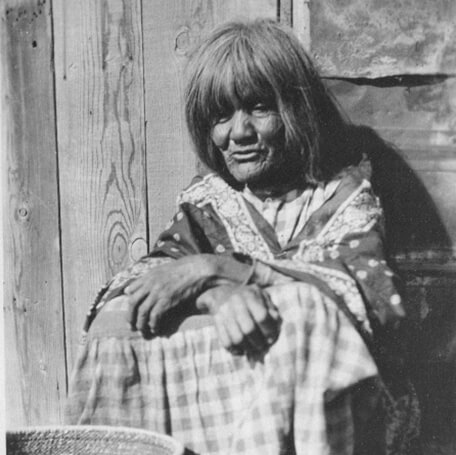
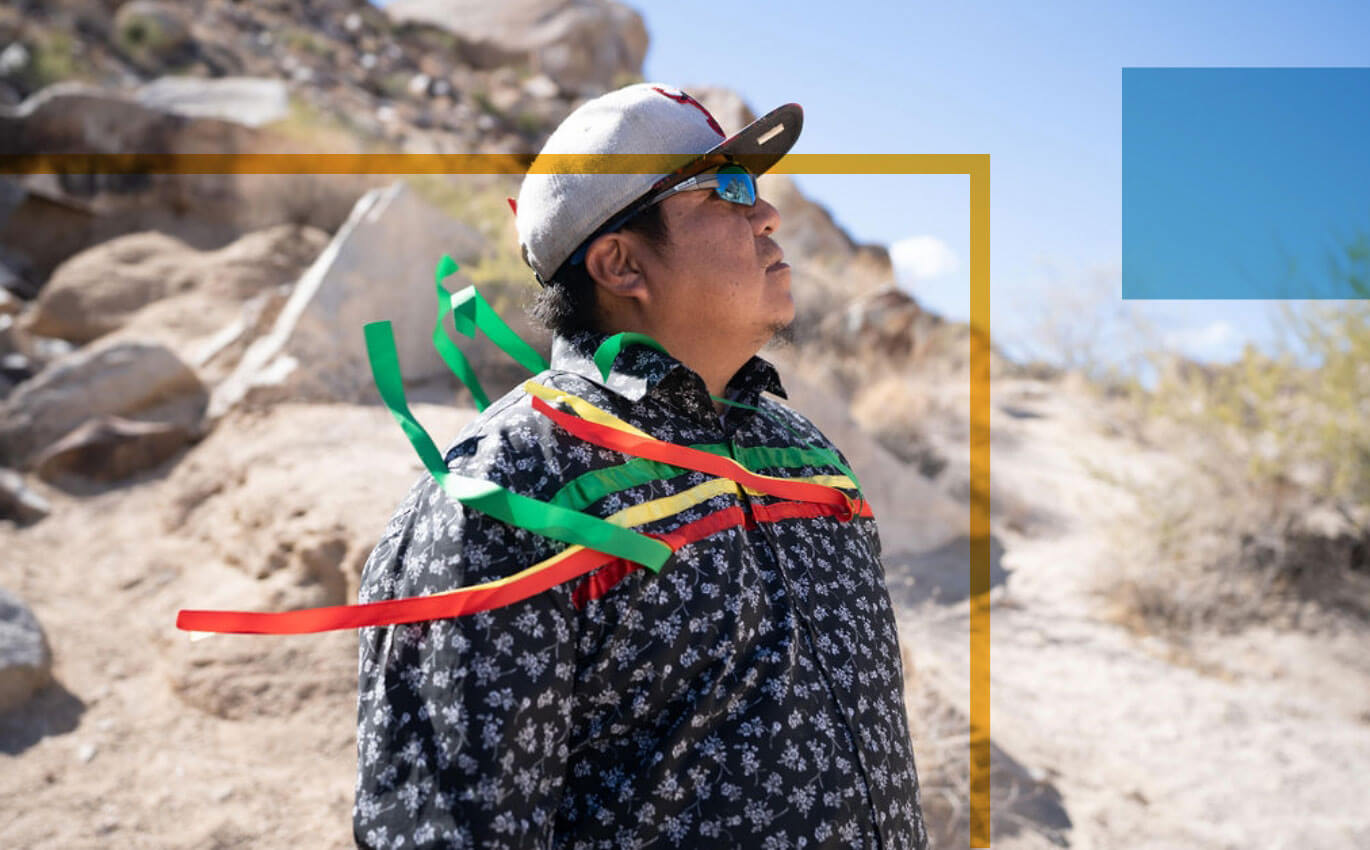
THE HUALAPAI RESERVATION
Unlike the Navajo, Pueblo, or the Hopi, the Hualapai and the Havasupai still own a piece of their original territory within the canyons. The Hualapai have their leaders to thank for this, including Hualapai Charley (the big chief), Leve Leve (a peace chief), and Schrum (a war chief). These men fought the takeover of their lands for as long as they could, shielding their women and children. Eventually, they were forced to surrender to ensure the future of their people. In 1883, the Hualapai were relocated to just one million acres of Hualapai ancestral lands, with its 108 miles of northern border along the Grand Canyon and to the middle of the Colorado River, on the Hualapai Indian Reservation.
Fun Fact: Schrum’s Great-Great-Great-Great Grandson Ahmad, is a Grand Canyon West Ambassador.
Despite attempts of assimilation and dislocation, the Huapalai consisting of 14 bands remain, with cultural practices carried through generations to support their cultural identity and their spiritual connection to their lands. Through trials and tribulations, the Hualapai people pulled themselves out of poverty and are now thriving today through tourism offered at Grand Canyon West.
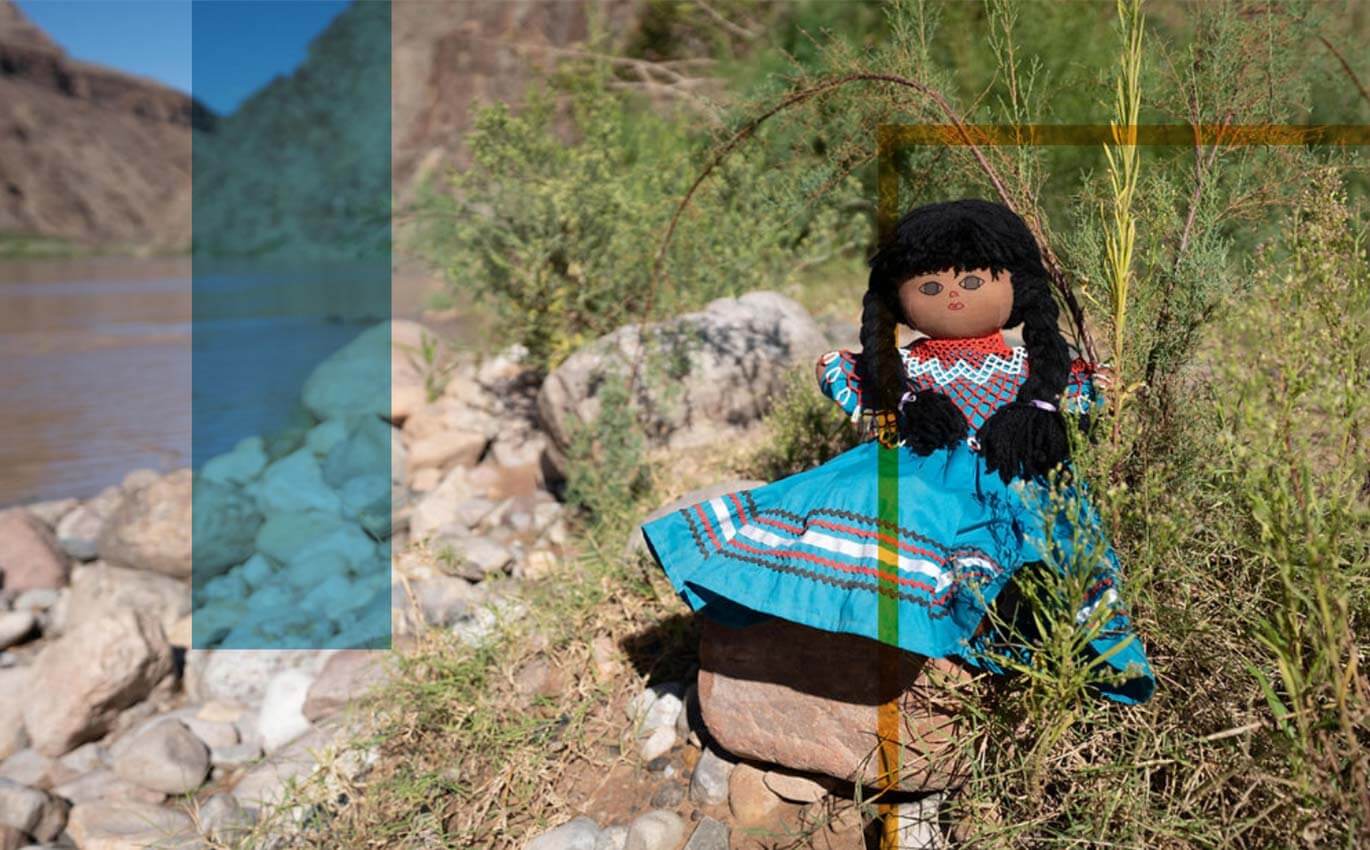
TOURISM AND THE TRIBE
Contrary to some common misperceptions, the Hualapai are not in any way subsidized by the United States Government. Out of 23 Arizona tribes, this sovereign nation is the only one to enter the tourism industry approximately 33 years ago with a small casino. With its close proximity to Las Vegas, the Hualapai soon realized tourists didn’t want to come there to gamble — they wanted to go to experience their lands.
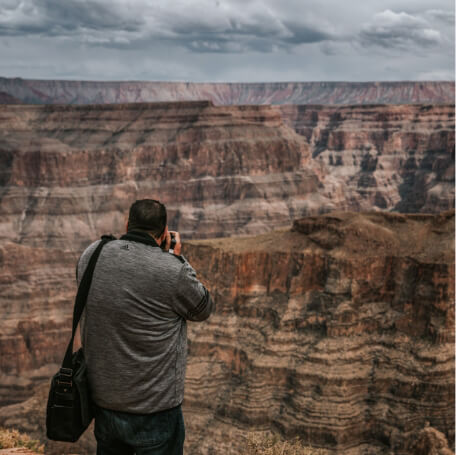
The Hualapai Reservation has the only road in and out of the west rim of the Grand Canyon. This route is used to not only bring visitors to Skywalk, Eagle Point, Guano Point, and the Colorado River, it’s how they haul water from 200 miles away for use on the property. The wells here were exhausted many years ago. Not to mention, electricity is produced from generators since there are no main power lines out to, or on, Grand Canyon West.
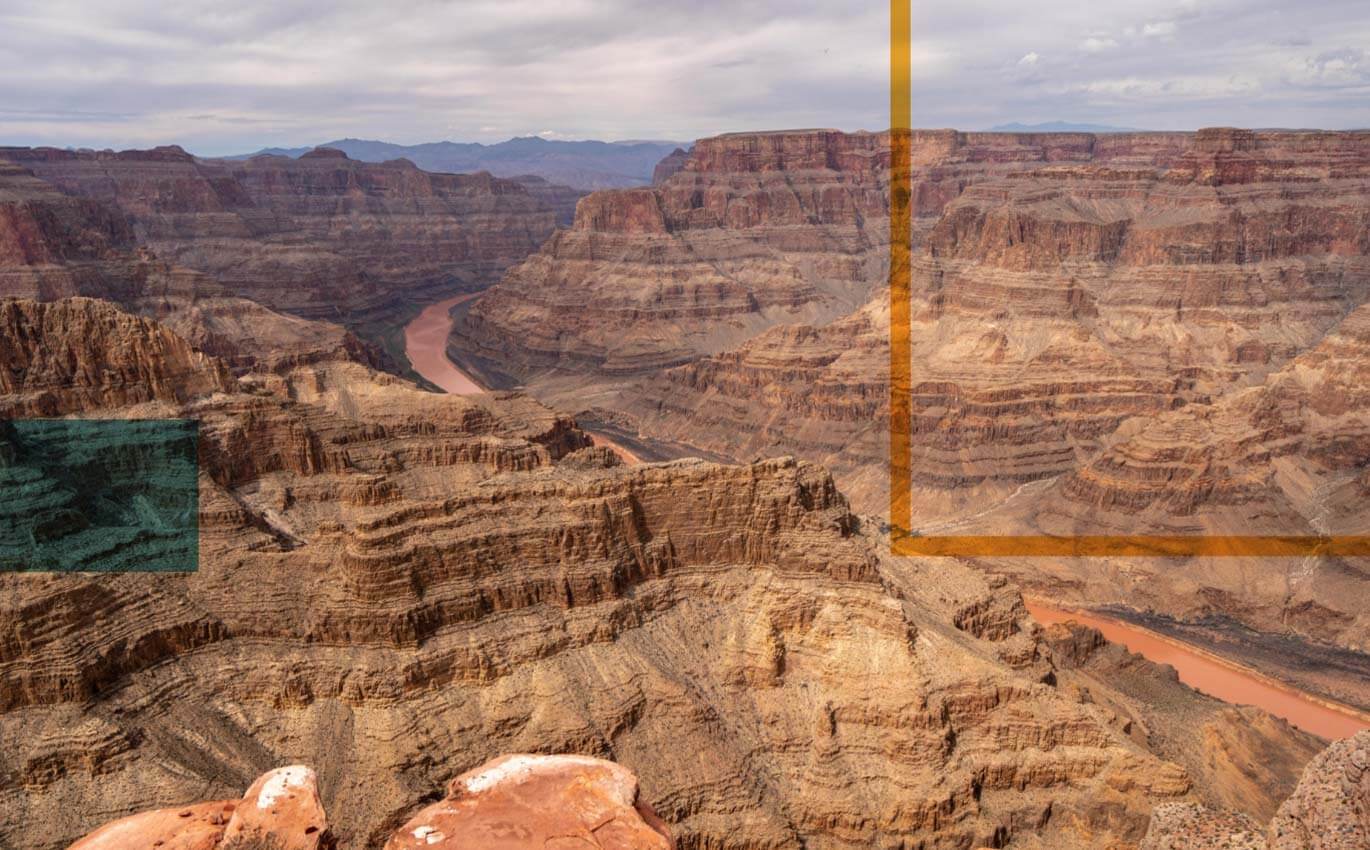
GRAND CANYON WEST
The tribe continues to welcome travelers to the West Rim to see the sacred eagle in the rocks at Eagle Point, and the historic structures of the bat guano mining equipment at Guano Point, and marvel at the incredible views. Over the years, they’ve added more and more attractions for visitors to explore, including Helicopter tours and Rafting trips.
Fun Fact: You can stay overnight at the Cabins at Grand Canyon West in rustic cabins that can accommodate up to six guests.
In 2007, a 10-foot wide, horseshoe-shaped glass bridge extending 70 feet out over the rim of the Grand Canyon was erected at Eagle Point. This engineering marvel gives a clear view 4,000 feet to the floor of the Grand Canyon below. In 2018, The Zipline at Grand Canyon West opened with two quad zip lines running side-by-side to allow groups to soar together nearly 1,000 feet above the canyon floor at speeds approaching 50 miles per hour.

TRADITIONS ON DISPLAY
When you visit Grand Canyon West, the tribe’s culture and traditions are also on display. The self-guided tour through Eagle Point’s authentic Native American Village shows you how Indigenous peoples actually lived with traditionally built housing (they didn’t all live in teepees), earthen ovens, and sweat lodges. The outdoor amphitheater offers a shady spot to enjoy the musical sounds and magical dances of the Bird Singers of the Hualapai Tribe, as well as other tribes (dates and times to be determined). And, before or after a walk on the sky at Skywalk, explore the Hualapai Tribe and the reservation exhibits found on the first floor of the building, including a photograph of Hualapai Charley, Leve Leve, and Schrum, and a large display of all of the “Pai” affiliated ancestral clan/band territorial homelands.
Grand Canyon West is a quick, easy and scenic two hour drive from Las Vegas, NV
5001 Diamond Bar Road, Peach Springs, AZ 86434



